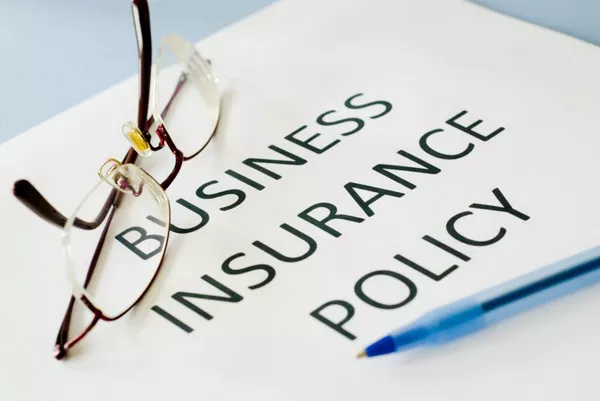Property insurance is a type of insurance coverage that protects individuals and businesses from financial losses due to damage or loss of property. The purpose of property insurance is to provide policyholders with the peace of mind that comes with knowing they are protected in the event of property damage or loss.
There are a few different types of property insurance policies available, each designed to cover specific types of losses. In this article, we will explore the types of property insurance policies available and what they cover.
Homeowners Insurance
One of the most common types of property insurance is homeowners insurance. As the name suggests, homeowners insurance is designed to protect homeowners from financial losses due to damage or loss of their home. A typical homeowners insurance policy covers the following:
Dwelling Coverage: This part of the policy covers the physical structure of the home. If the home is damaged by fire, wind, hail, or other covered perils, the insurance company will pay to repair or rebuild the home up to the policy limits.
Personal Property Coverage: This part of the policy covers personal belongings inside the home, such as furniture, electronics, clothing, and appliances. If these items are damaged or stolen, the insurance company will pay to replace them up to the policy limits.
Liability Coverage: This part of the policy provides protection if someone is injured on the homeowner’s property. If the homeowner is found liable for the injury, the insurance company will pay for medical expenses and legal fees up to the policy limits.
Additional Living Expenses: If the home is damaged to the extent that it is uninhabitable, this part of the policy will pay for temporary housing and living expenses, such as hotel bills and meals.
Flood Insurance
Homeowners insurance policies typically do not cover damage caused by flooding. For this reason, many homeowners choose to purchase a separate flood insurance policy. Flood insurance covers damage caused by rising water, such as from heavy rain, melting snow, or overflowing rivers. A typical flood insurance policy covers the following:
Building Property Coverage: This part of the policy covers damage to the physical structure of the home caused by flooding, up to the policy limits.
Contents Coverage: This part of the policy covers personal belongings inside the home that are damaged or destroyed by flooding, up to the policy limits.
Business Property Insurance
Business property insurance is designed to protect businesses from financial losses due to damage or loss of their property. A typical business property insurance policy covers the following:
Building Coverage: This part of the policy covers the physical structure of the business property, including the building itself and any attached structures. If the property is damaged by fire, wind, hail, or other covered perils, the insurance company will pay to repair or rebuild the property up to the policy limits.
Business Personal Property Coverage: This part of the policy covers personal belongings owned by the business, such as furniture, electronics, inventory, and equipment. If these items are damaged or stolen, the insurance company will pay to replace them up to the policy limits.
Business Interruption Coverage: This part of the policy provides protection if the business is forced to close temporarily due to a covered loss. The insurance company will pay for lost income and other expenses, such as rent and utilities, during the time the business is closed.
Liability Coverage: This part of the policy provides protection if someone is injured on the business property. If the business is found liable for the injury, the insurance company will pay for medical expenses and legal fees up to the policy limits.
Commercial Auto Insurance
Commercial auto insurance is designed to protect businesses from financial losses due to damage or loss of their vehicles. A typical commercial auto insurance policy covers the following:
Collision Coverage: This part of the policy covers damage to the insured vehicle caused by a collision with another vehicle or an object, up to the policy limits.
Comprehensive Coverage: This part of the policy covers damage to the insured vehicle caused by non-collision events, such as theft, vandalism, or weather-related damage.
Liability Coverage: This part of the policy provides protection if the insured vehicle is involved in an accident that causes injury or property damage to someone else. If the business is found liable for the damages, the insurance company will pay for medical expenses and legal fees up to the policy limits.
Workers’ Compensation Insurance
Workers’ compensation insurance is designed to protect employers from financial losses due to workplace injuries or illnesses suffered by their employees. A typical workers’ compensation insurance policy covers the following:
Medical Benefits: This part of the policy pays for medical expenses related to the employee’s work-related injury or illness.
Lost Wages: This part of the policy provides income replacement for the employee while they are unable to work due to their work-related injury or illness.
Death Benefits: If an employee dies as a result of a work-related injury or illness, this part of the policy provides benefits to the employee’s dependents.
Legal Protection: This part of the policy provides legal protection to the employer in the event of a lawsuit related.


